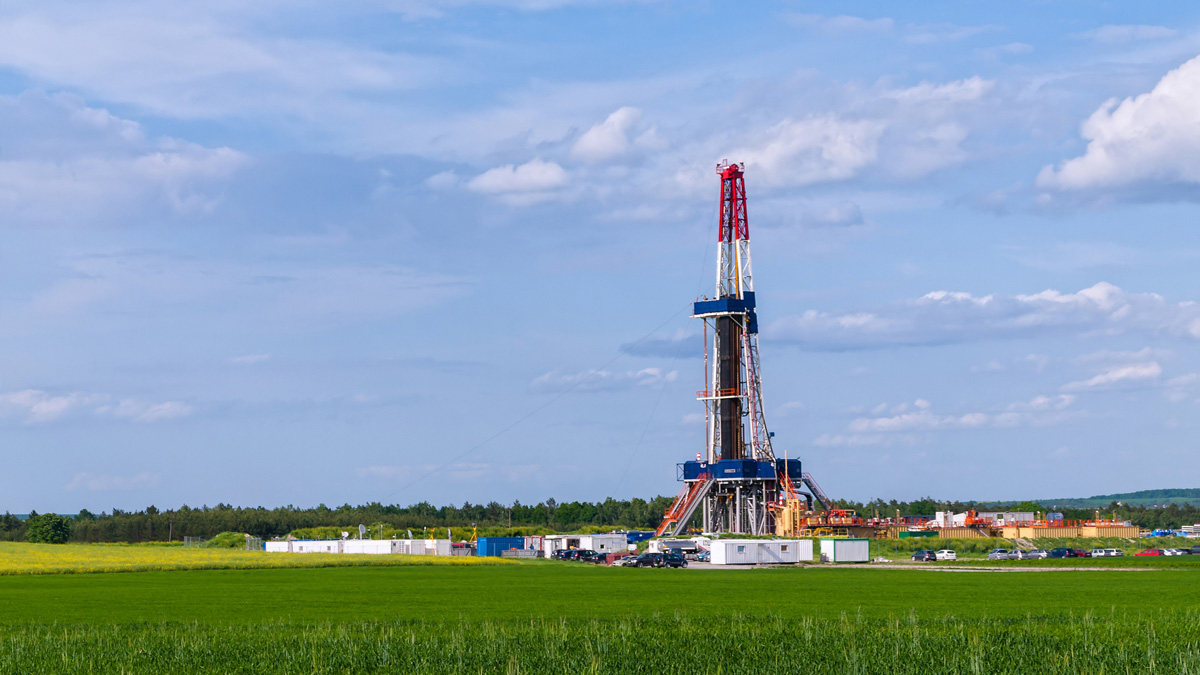From contaminated groundwater to polytechnic displays at the kitchen faucet, most of the major concerns around fracking have centered around how fracking fluids and methane could be polluting our water supply. But we’ve started to suspect that fracking impacts the air, too, and a new study published this week in the journal of Environmental Health adds one more piece of evidence to the pile.
David Carpenter, director of the Institute for Health and the Environment at University at Albany, State University of New York — and the lead author of this study — says his findings support mounting evidence that fracking is a significant public health risk. Of particular concern is that fracking sites could become cancer clusters in years to come.
Carpenter’s study found eight different poisonous chemicals near wells and fracking sites throughout Arkansas, Colorado, Pennsylvania, Ohio, and Wyoming that exceeded federal limits, including levels of benzene and formaldehyde — both known carcinogens, Carpenter told reporter Alan Neuhauser for U.S. News and World Report:
“Cancer has a long latency, so you’re not seeing an elevation in cancer in these communities. But five, 10, 15 years from now, elevation in cancer is almost certain to happen … I was amazed,” Carpenter says. “Five orders of magnitude over federal limits for benzene at one site — that’s just incredible. You could practically just light a match and have an explosion with that concentration.”
Carpenter relied on volunteers living near well sites to conduct air measurements for the study — 35 samples were taken during periods of heavy industrial activity, or at any time volunteers started feeling any negative health effects like nausea; and another 41 samples were taken during a set period, to monitor formaldehyde in the air.
Around half of the air samples Carpenter analyzed exceeded federally recommended limits: Benzene levels were 35 to 770,000 higher than normal; hydrogen sulfide levels were 90 to 60,000 times higher; and formaldehyde levels were 30 to 240 times above a safe threshold.
Communities living near fracking sites have long complained of mysterious health issues tied to the industry — like nausea, dizziness, cognitive delays, and respiratory troubles. Yet because so many symptoms are gradual, it has been hard for scientists and researchers alike to diagnose which health effects may be a direct result from exposure to fracking chemicals. But now the room for debate is steadily shrinking — studies like Carpenter’s are paving the way to better understanding how fracking impacts air pollution, and scientists are starting to pinpoint exactly when fracking fluids enter our waterways. We’re one step closer to the inevitable conclusion that fracking is harming those who live closest to all the activity. Period.



